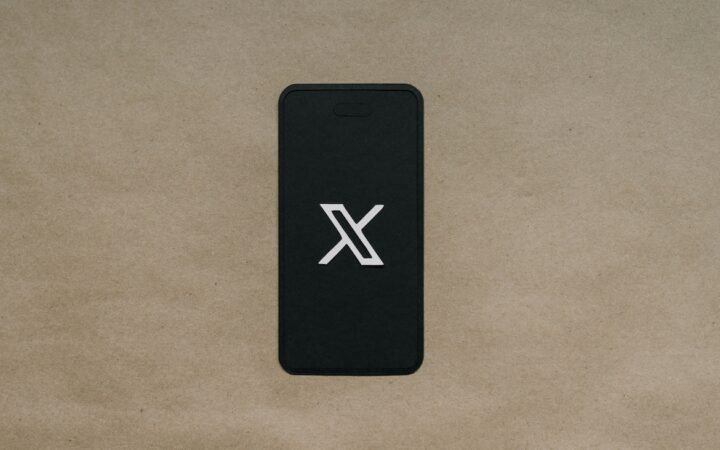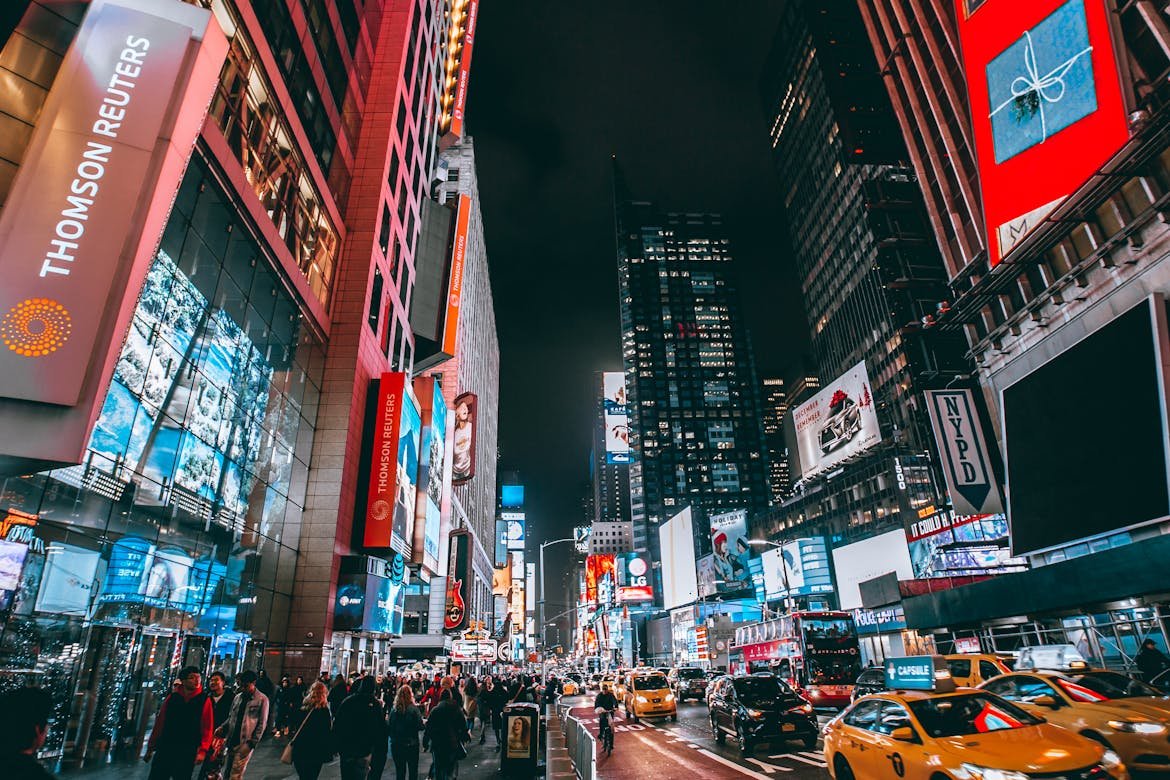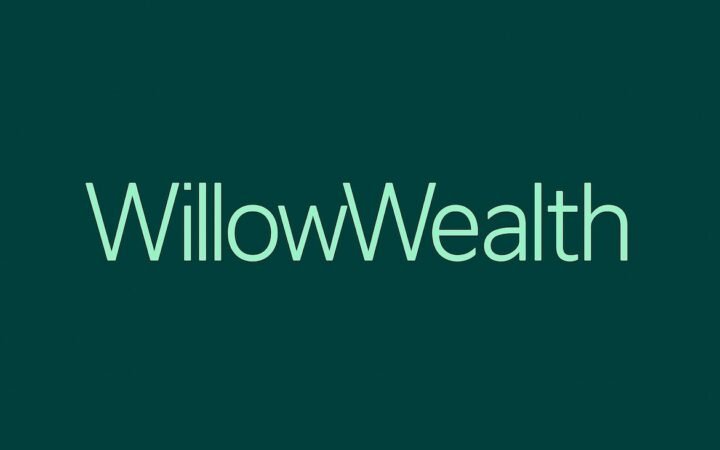
The New York Department of Taxation and Finance has committed to mailing inflation refund checks to over 8 million New Yorkers starting at the end of September. The initiative was first announced by Governor Kathy Hochul in May as a one-time payment meant to ease the impact of higher sales taxes due to inflation.
How much each person receives will depend on their 2023 adjusted gross income (AGI) and tax filing status. Those with lower incomes will get larger refunds per dollar of tax paid. Higher-income filers will still qualify under certain thresholds, but their benefit will taper.
Who Qualifies and How Much They Get
To receive a check, taxpayers must have filed a Form IT-201 as full-year residents in 2023 and not have been claimed as a dependent. The mailing is automatic — no application is required.
Refund levels vary by bracket and filing status. Single filers with lower AGIs will receive one amount; those married filing jointly will receive a higher threshold. Those in upper income tiers may see reduced benefits or none at all, based on the cutoff. The range spans from modest payments for lower earners to more substantial checks for joint filers with qualifying income.
Officials say the refunds will be sent over several weeks, with no mail order based on ZIP code or region. That means some recipients may see their checks before neighbors even in the same county.
Why This Matters and What to Watch
This inflation refund is among the most sweeping in New York’s recent tax history. For many households, even a few hundred dollars could meaningfully offset rising costs in energy, groceries or housing. For lower-income and middle-class New Yorkers, the extra cash may provide short-term relief.
Yet the success of the program hinges on equitable distribution and effective delivery. Those who moved but didn’t update addresses may miss the mailing. Also, variation in payment timing may frustrate recipients waiting through October and November.
As previously covered, state-level inflation relief efforts are becoming more common across the U.S. — but few match the scale New York is attempting. For now, residents should watch their mailboxes and double-check their 2023 return status to confirm eligibility.




